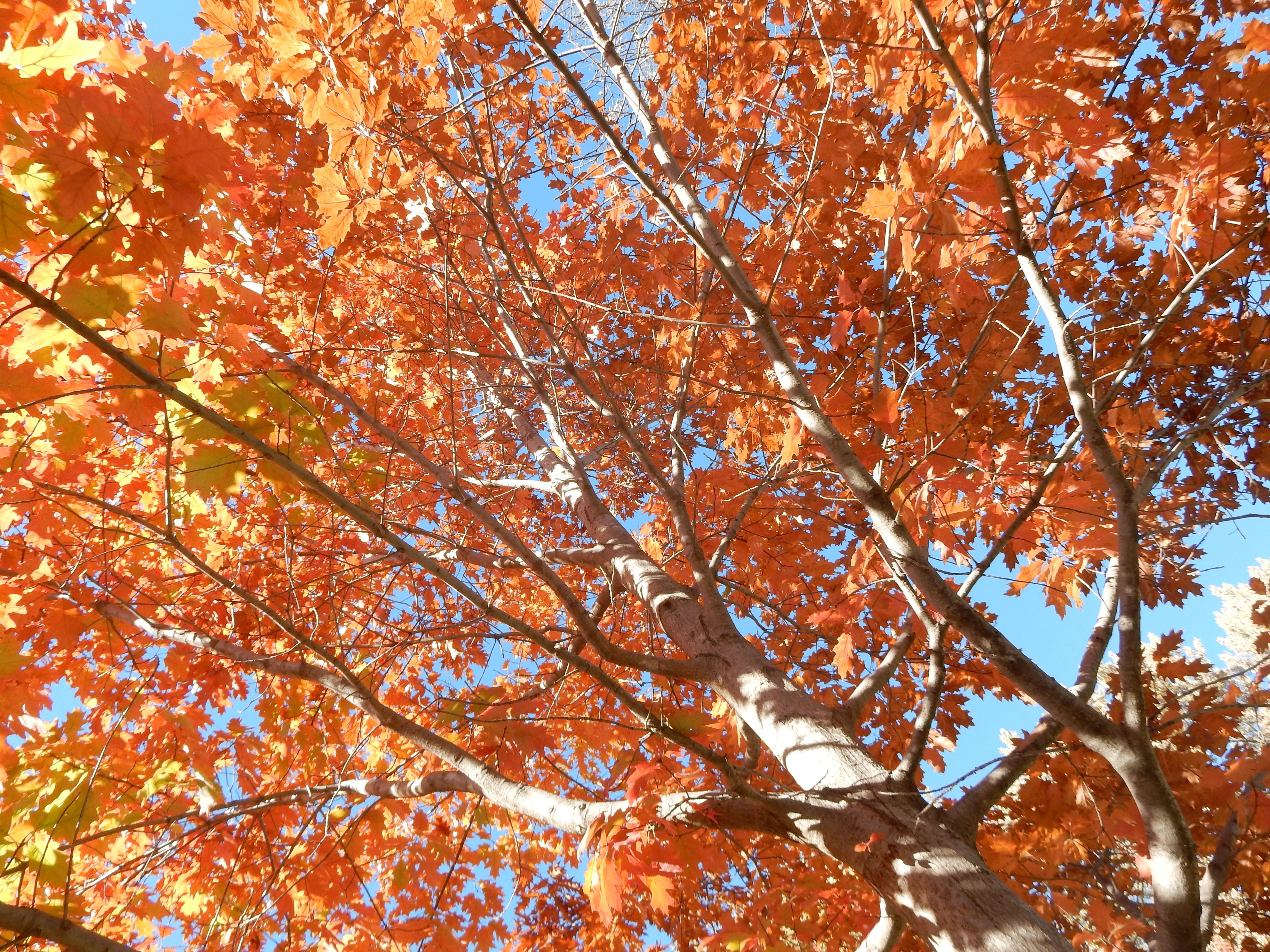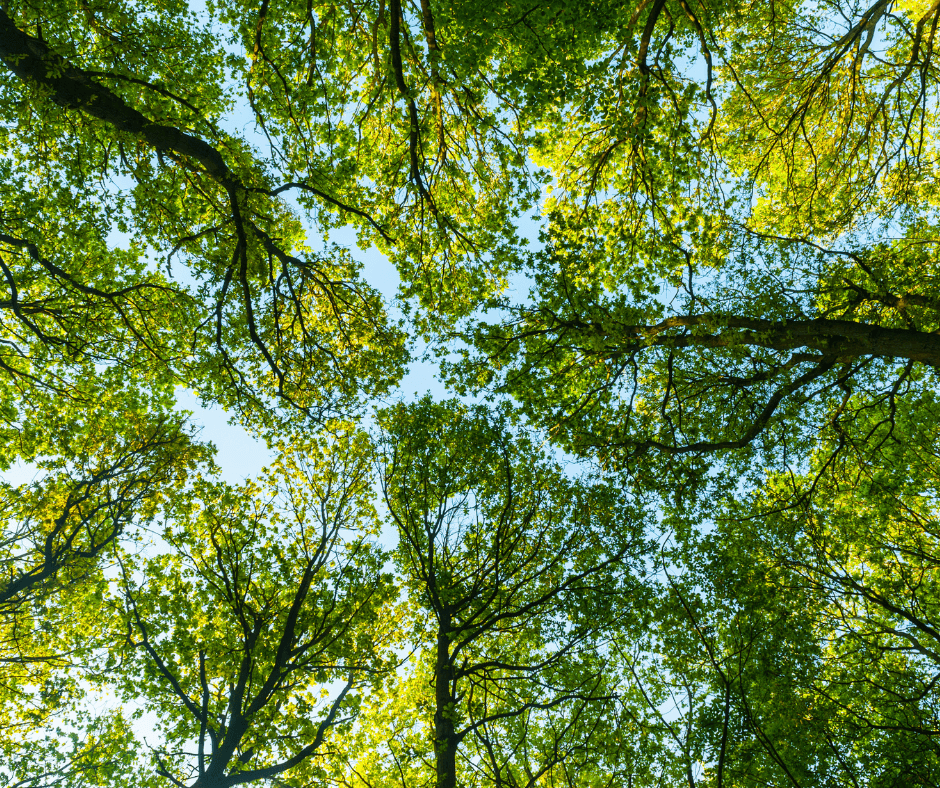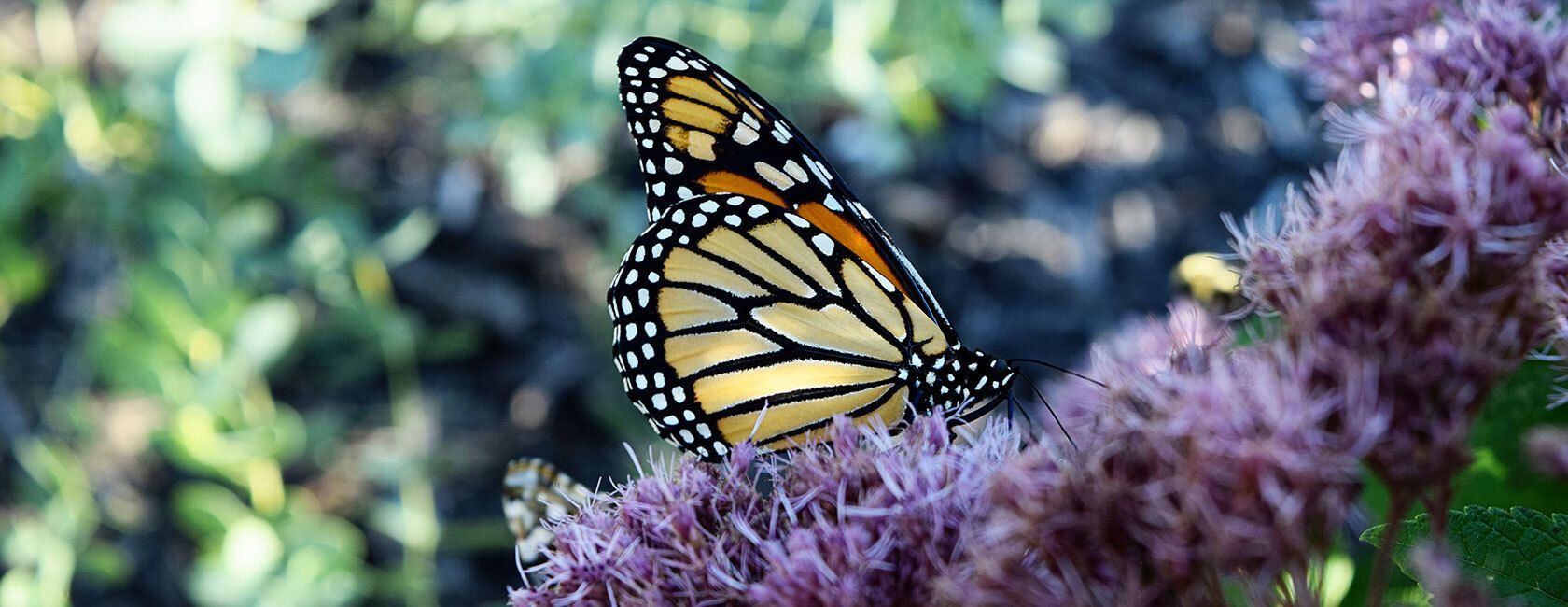
Relatively timely moisture and cooler-than-normal conditions earlier this summer mean that many of our trees have done well across the state. We are excited for a good seed crop for many trees, including bur oak, walnut, pecan and some hickories.
Despite a pretty good summer for tree growing, we're still seeing big problems here and there, including rapid ash decline from Emerald Ash Borer in some areas; significant herbicide damage associated with agriculture spraying; hail and wind damage in many locations; and the continued impact of bur oak blight, Dutch Elm disease, heat scorch and pine wilt. As always, it's tough to be a tree in Nebraska. With that in mind, here are some suggestions for fall tree care that will help your trees weather the winter and kick off the growing season strong next spring:
- Water. Hot and dry conditions have settled in across much of Nebraska this late summer, and drought conditions are starting to crop up here and there. Now is a good time to give healthy young trees some extra water to help their root systems stay in good shape as they transition into winter dormancy. It's important to remember that the most critical time for tree watering is spring and early summer. Fall watering is primarily helpful for root health and likely won't save a tree from spring and summer neglect.
- Be careful with pruning. Light pruning for most trees is okay year-round, but be careful with heavy pruning in the late summer and fall. Such pruning could stimulate the trees to produce new wood around wounds and to replace lost branches, which may not have time to fully harden off before winter. If you have major pruning plans in mind, I would suggest waiting until late winter.
- Mulch. Now's a good time to add mulch around trees, shrubs and other landscape plants to help conserve soil moisture through the winter. This is especially helpful for young trees.
- Woody weed management. Fall is a good time to remove and manage weedy trees and shrubs such as mulberry, tree of heaven, ornamental pear, Siberian elm and honeysuckle. These plants are moving nutrients to their root systems, so herbicides carefully applied to cut stumps now should help kill the roots of these trees over the fall and winter. I like to use triclopyr herbicide applied with a foam dauber called Buckthorn Blaster. Just be careful—if you accidentally get it on the trees your want to keep in your landscape, it can kill them too!
- Leave the leaves. Resist the urge to clean up completely around trees and in the landscape. Let herbaceous perennials stay up through the winter and leave some leaves on the ground to provide habitat for insects and birds and to help conserve winter soil moisture.
- Plant Trees. Fall is a great time for tree planting, especially most deciduous trees.
This article was first published in Justin Evertson's Shady Lane newsletter.
Photo credit: Shumard oak, Jeff Kennedy


